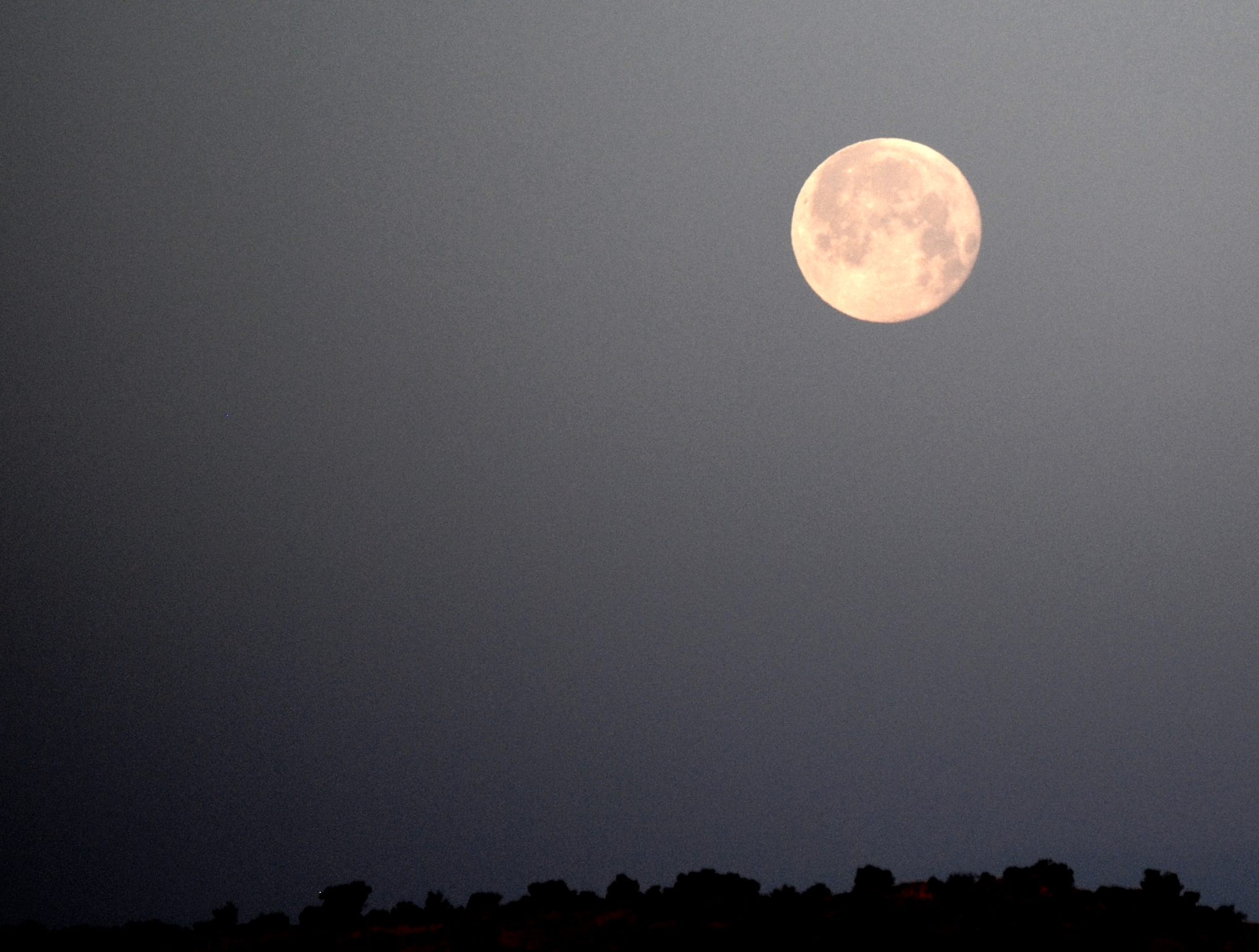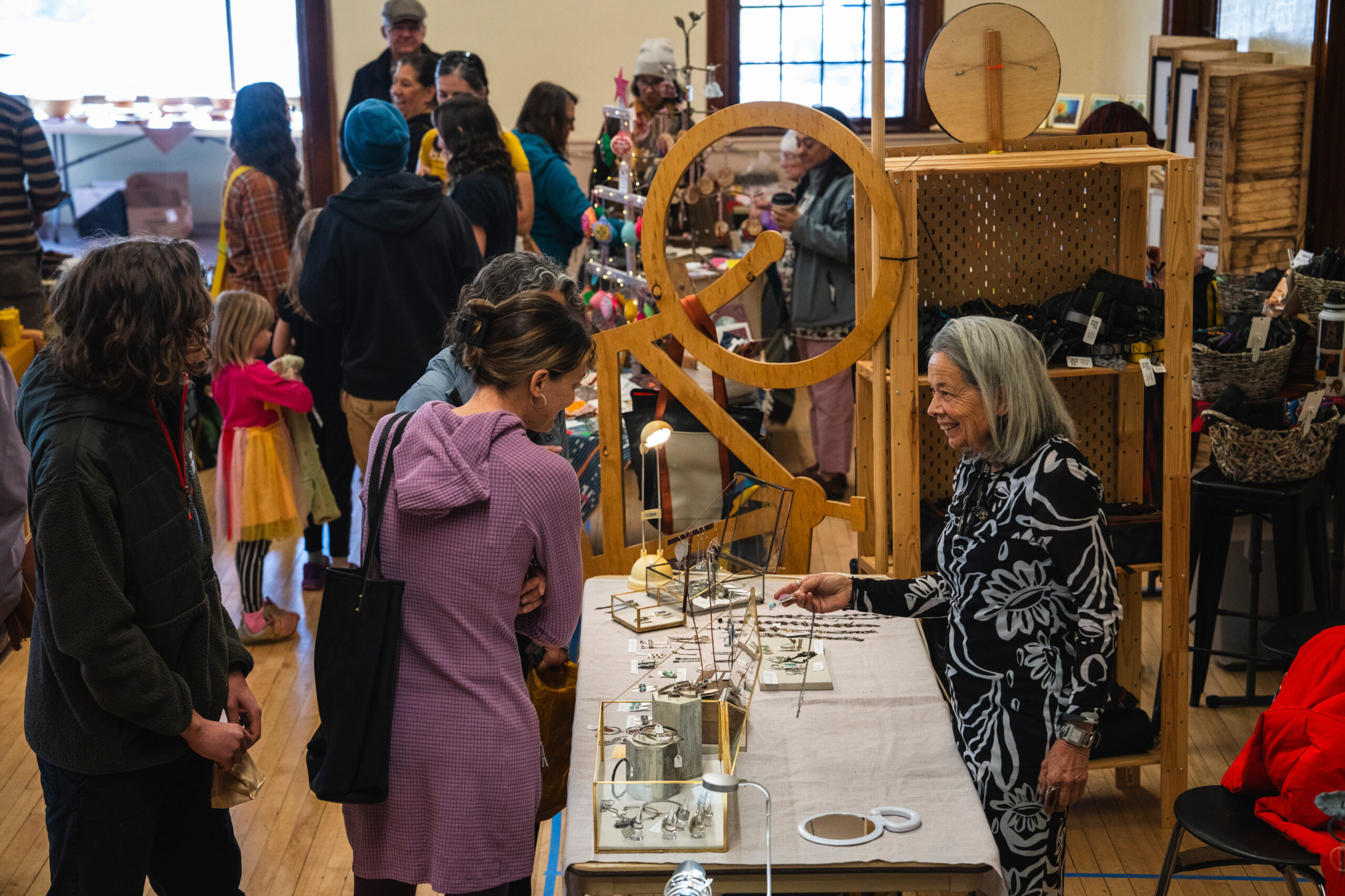Some information may be outdated.
Park naturalist Jordan Perez invites hikers to see Dead Horse Point State Park in a different light: Moonlight.
On Saturday, June 22, he will lead a hike under a nearly full moon.
It’s a monthly event at the state park that Perez has been leading for a year and a half, but this hike is special one for the year. The moon will appear bigger and brighter than normal.
June’s full moon is considered a Supermoon, which is when the full moon coincides with time of the month the moon is closest to the earth.
The Moon’s distance varies each month by 30,000 miles due its elliptical orbit around the Earth. When it is closest to the earth, it is called its perigee. When it it furthest away from the earth, it is called its apogee. A full moon at perigee appears up to 14 percent larger and 30 percent brighter than one at its apogee.
“It should be quite large. It won’t be the actual day of the full moon, but it should be pretty big on that day still,” Perez said. The full moon is the next day, Sunday, June 23.
Hikers are encouraged to meet at the visitor’s center at 8:45 p.m.
“We should take off around sunset. The moon should be rising very quickly after that,” Perez said. “Even as the sun is going down, the moon should be coming up.”
The moon will be rising over the La Sal Mountains, casting its light on the monuments and canyons that Dead Horse Point overlooks.
“As we’re hiking we’ll be discussing nocturnal animals in the park and how they adapt to nocturnal life,” Perez said. “How they interact with the full moon and how it changes their behavior.”
He said that kangaroo rats and other small rodents are less apt to be out and active during a full moon when they can be more easily seen by predators.
“They stay closer to their burrows, or come out during the day when their nocturnal predators are sleeping,” Perez said.
Yet, he said, deer are more active under a full moon.
“They are apt to stay out later because they can see predators, as well as have light for navigating while grazing,” Perez said. “During the hikes, we sometimes will find herds of deer.”
The one-mile loop hike takes about an hour to complete. It is an easy hike and all ages are welcome. He said that by the end of the hike, hikers can turn off their flashlights and hike only by the light of the moon.
“The hike forces you to turn off your reliance on vision and use your other senses like smell and hearing and touch to find your way through the park,” Perez said.
He encouraged hikers to wear sturdy shoes.
“It’s a fun time. It’s a great time to get out and push your comfort level,” Perez said. “What’s so great about the full moon illuminating and having a ranger leading is that you can be safe and enjoy the park in a new way.”
Appreciate the coverage? Help keep local news alive.
Chip in to support the Moab Sun News.





